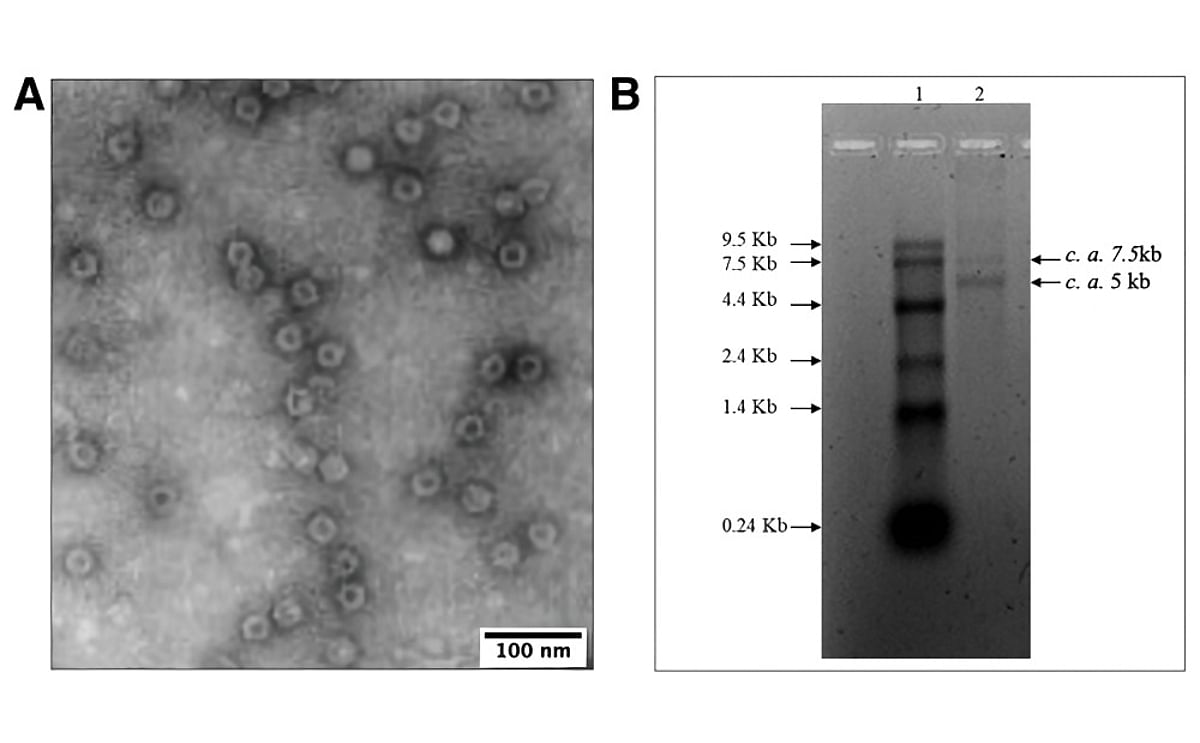#PotatoRugoseStuntingVirus #PotRSV #PotatoCultivation #AgriculturalThreats #Torradovirus #GlobalFoodSecurity #AgriculturalResearch #PlantDiseases #CropProtection #InternationalTrade #EmergingViralDiseases
The 1990s marked the onset of a mysterious viral disease in cultivated potatoes across Southern Peru, identified as Potato Rugose Stunting Disease (PRSD). This affliction manifested severe symptoms, including leaf mosaic, deformation, and stunting in infected potato plants (EPPO RS 2006/237). At the time, the causative agent was an enigmatic isometric virus provisionally coded SB26/29, intercepted on potatoes in the Netherlands and the USA.
SB26/29 raised alarms and was categorized as a potential quarantine pest for the European Union by the European Food Safety Authority (EFSA). However, it has not been officially listed on the EU quarantine registers.
Recent research has shed new light on this viral threat, unveiling its identity as a member of the Torradovirus genus. The virus is now officially recognized as a novel species, tentatively named Potato Rugose Stunting Virus (PotRSV).
Latest Data:
As of, the global agricultural community faces an increasing risk of PotRSV affecting potato crops. Instances of the virus have been reported in various regions, necessitating vigilant monitoring and preventive measures.
Studies indicate that PotRSV poses not only a direct threat to potato cultivation but also has implications for international trade. Farmers, agronomists, and agricultural engineers are urged to stay informed about the latest developments in PotRSV research to implement effective control measures.
Potato Rugose Stunting Virus is a growing concern for farmers and stakeholders in the agricultural sector. The identification of PotRSV as a new species within the Torradovirus genus emphasizes the need for coordinated efforts to mitigate its impact. Early detection, strict quarantine measures, and collaborative research are crucial to safeguarding potato crops and ensuring global food security.

